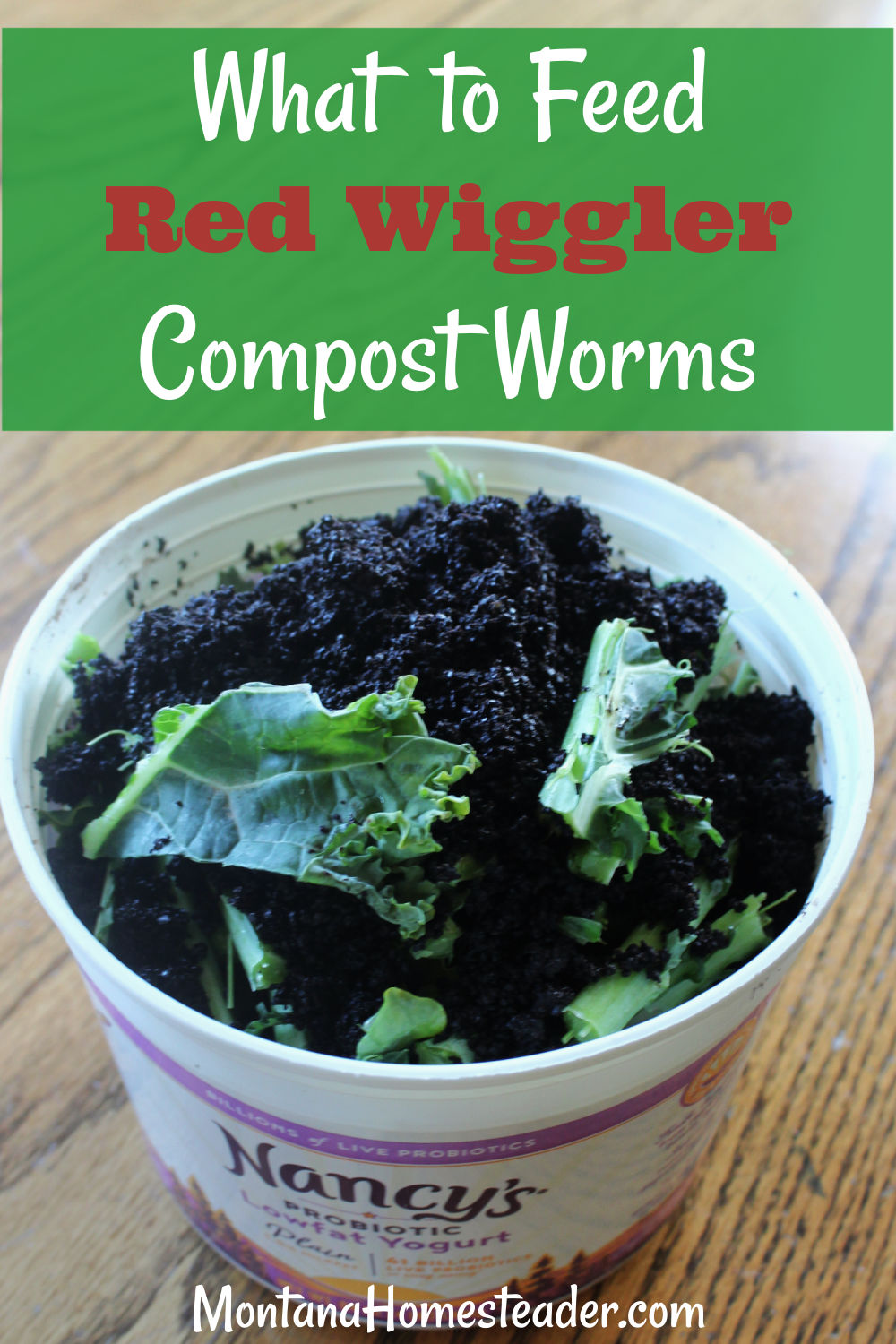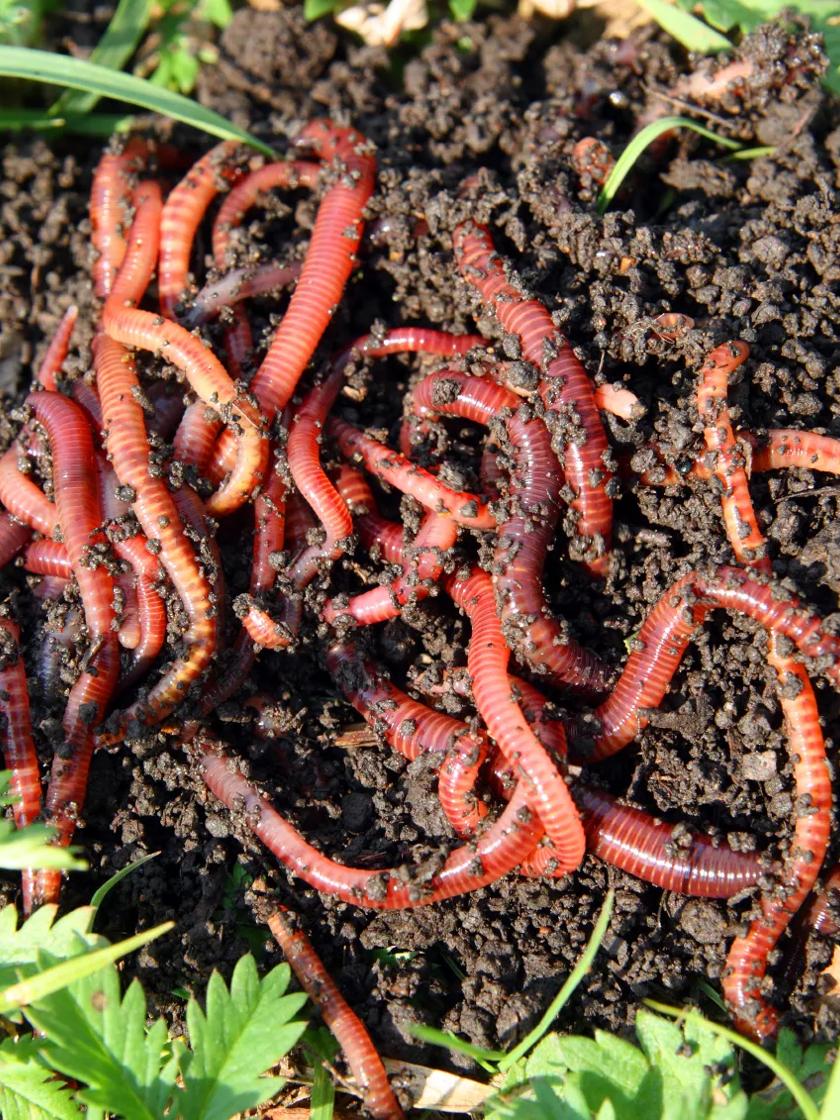Achieve a Lush Lawn Using Lake Hickory Bait Lawn Care Resources
Achieve a Lush Lawn Using Lake Hickory Bait Lawn Care Resources
Blog Article
Red Wigglers: The Unsung Heroes of Organic Waste Recycling
Red wigglers, or Eisenia fetida, offer as important agents in the organic waste reusing procedure, changing disposed of products into beneficial vermicompost. Their reliable failure of raw material not just boosts soil high quality however additionally adds to lasting waste management practices. As the globe increasingly seeks solutions to fight waste accumulation and enhance agricultural productivity, comprehending the function of these worms comes to be essential. What mechanisms permit them to prosper in garden compost settings, and exactly how can they be successfully made use of in both household and industrial settings? Discovering these questions exposes the more comprehensive ramifications of vermicomposting in our ecological landscape.
What Are Red Wigglers?
The impressive strength of red wigglers, scientifically called Eisenia fetida, emphasizes their critical duty in organic waste recycling. These small, reddish-brown earthworms are generally located in disintegrating organic matter, such as garden compost heaps and manure heaps. Lake Hickory Bait. Unlike other earthworm types, red wigglers prosper in nutrient-rich environments and are very reliable at breaking down organic products, making them vital for vermicomposting

(Red Wiggler Express)Along with their function in waste reduction, red wigglers contribute to dirt health and wellness by improving soil framework and oygenation through their burrowing tasks (Lake Hickory Bait). Their existence in composting systems not just enhances decay prices however additionally promotes a sustainable approach to lose administration, illustrating their relevance in environmental conservation efforts
Advantages of Composting With Worms
Composting with worms, specifically red wigglers, offers various advantages that boost both waste administration and dirt health and wellness. First, these worms efficiently break down organic waste, transforming it into nutrient-rich vermicompost that enhances dirt. This process accelerates decomposition, enabling a much faster recycling of kitchen area scraps and various other natural materials compared to standard composting techniques.
Additionally, the vermicompost generated by red wigglers is bursting with valuable bacteria, which help enhance soil structure, aeration, and moisture retention. This enhances the total health of plants, advertising energetic development and increased yields in yards and farming settings. Additionally, using worms in composting minimizes the production of greenhouse gases, such as methane, adding to a much more lasting waste administration system.

Just How to Start Vermicomposting
Establishing a vermicomposting system is an uncomplicated procedure that can yield considerable advantages for both waste monitoring and soil enrichment. To start, select an appropriate container, such as a plastic container or wooden box, with adequate ventilation openings to ensure proper air movement. The dimensions must preferably be around 2 feet by 3 feet, enabling sufficient area for the worms to thrive.
Following, prepare bedding product, which can be composed of shredded paper, cardboard, or coconut coir. This bedding needs to be dampened to develop a suitable habitat for the worms. Once the bed linens is in location, present red wigglers (Eisenia fetida) right into the bin, normally around one extra pound of worms for every single square foot of area.
Adhering to the placement of worms, add natural waste, such as fruit and veggie scraps, coffee premises, and smashed eggshells. With these steps, you will properly initiate a vermicomposting system that contributes to lasting waste administration and improves your soil.
Keeping a Healthy Worm Container
(Red Wiggler Express)Maintaining a worm bin thriving calls for routine attention and like guarantee the health of the red wigglers and the effectiveness of the composting procedure. Correct upkeep starts with keeping an eye on the wetness degrees; the bin must be damp yet not saturated. A good general rule is to maintain a consistency comparable to a Check Out Your URL wrung-out sponge.
Gently blending the bedding and food scraps every couple of weeks protects against compaction and makes sure that all worms have access to oxygen. Additionally, it is important to feed the worms properly.
If the container becomes too hot or chilly, the worms may become stressed out. By diligently managing these elements, one can preserve a robust and effective worm container.
Effect On Sustainable Living
The successful maintenance of a worm container not just benefits the health of red wigglers but also adds dramatically to sustainable living techniques. By recycling natural waste, such as cooking area scraps and lawn particles, red wigglers assist divert considerable quantities of product from landfills. This reduction in waste not only lowers greenhouse gas discharges however likewise lessens the ecological worry associated with waste monitoring.
Additionally, the castings produced by red wigglers function as a nutrient-rich organic fertilizer, boosting soil health and promoting plant development. This all-natural choice to chemical plant foods sustains lasting agriculture and horticulture practices, decreasing reliance on artificial inputs that can hurt environments. Furthermore, worm composting cultivates awareness of waste administration, urging people and communities to adopt more lasting behaviors.

Conclusion
In summary, red wigglers offer as important contributors to natural waste reusing with their reliable decay of organic products. By integrating vermicomposting right into waste monitoring techniques, people and communities can substantially minimize waste while promoting environmental sustainability.
Report this page